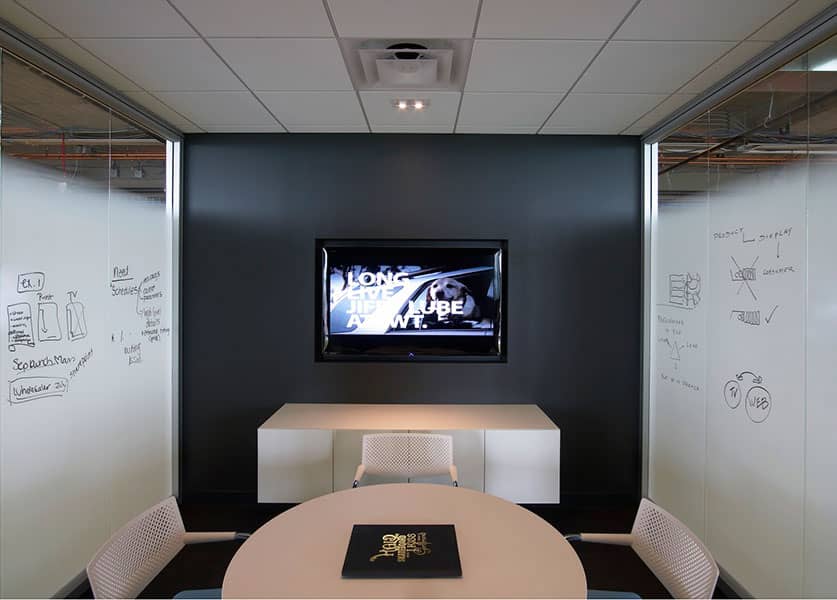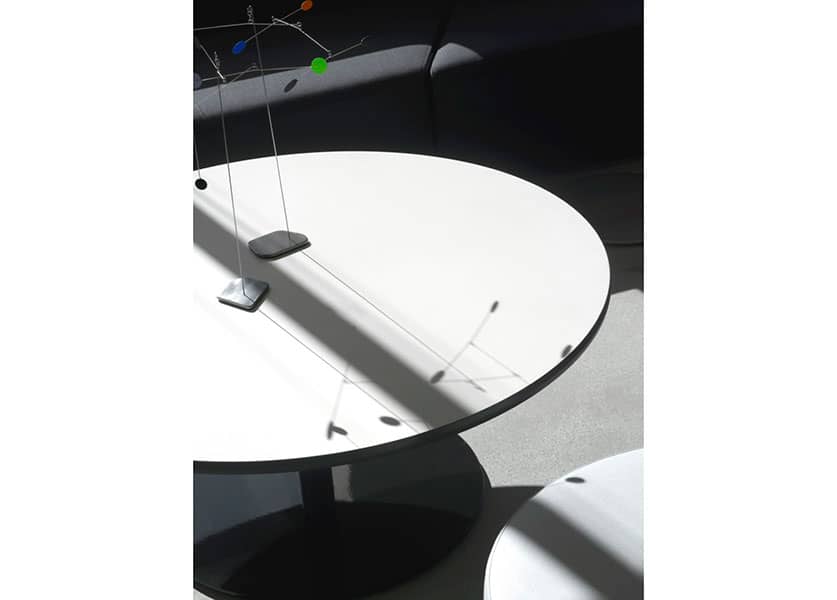
One of the emerging themes we are finding in workplace design today is the ubiquity of balance. To balance the time spent sitting at a desk, we counteract those effects with exercise. We balance time in front of a screen with lunch in the park or a quick scan of a newspaper. We even balance color values in the clothes we wear and the rooms we design. But before we assign color to a room—or any of its aesthetics—we need to learn about the people who will work in that space. In this situation, the client holds all the knowledge, while we, the design team, lack the information they possess. This scenario represents information asymmetry.
In economics and contract theory, the theory of information asymmetry studies the decisions in transactions where one party has more or better information than the other. This outcome results in an imbalance of power, which can cause transactions to dissolve or even result in underperforming outcomes. Often, this is illustrated by the analogy of a used car salesman and a buyer, wherein the salesman takes advantage of the buyer’s lack of information and sells him a vehicle at a higher price. In this scenario, the buyer falls victim to information asymmetry.

At IA, we refer to the knowledge exchange as design intelligence. Having more information leads to better insight for planning, design, and maintaining workplaces. This combination leads us to “solving the right problem really well,” versus “solving the wrong problem really well.” Built projects can look attractive and well designed, but fail at solving an organization’s true real estate and workspace challenges.
We also have to ask the right questions to solve the right problem. This starts with significant data gathering efforts, where we built sets for everything from physical space, usage of space, and the existing and future workforce. We cannot make any assumptions about the organization, so we often ask hundreds of questions of project stakeholders—real estate executives, facilities managers, procurement officers, designers, architects, engineers, end users—to ensure there is always information symmetry across the team.
Once we have an abundance of interviews and focus groups, data is synthesized in a visual format for easy comprehension across all parties. We often develop graphic dashboards (pictured) to break down the information into digestible sections. This accessible format is what we call data activation, which helps lay a foundation for planning and design but before we reach that point we must achieve information symmetry.

In the words of Bonnie Biafore,” Keeping information flowing during a project does more than guide it to a successful completion. Sharing information engenders a collaborative environment that builds teamwork and increases people’s satisfaction with their work.”
Applying both the drive for information symmetry, and the ability to solve the right problem really well, helps produce successful projects that achieve the client’s objectives.
